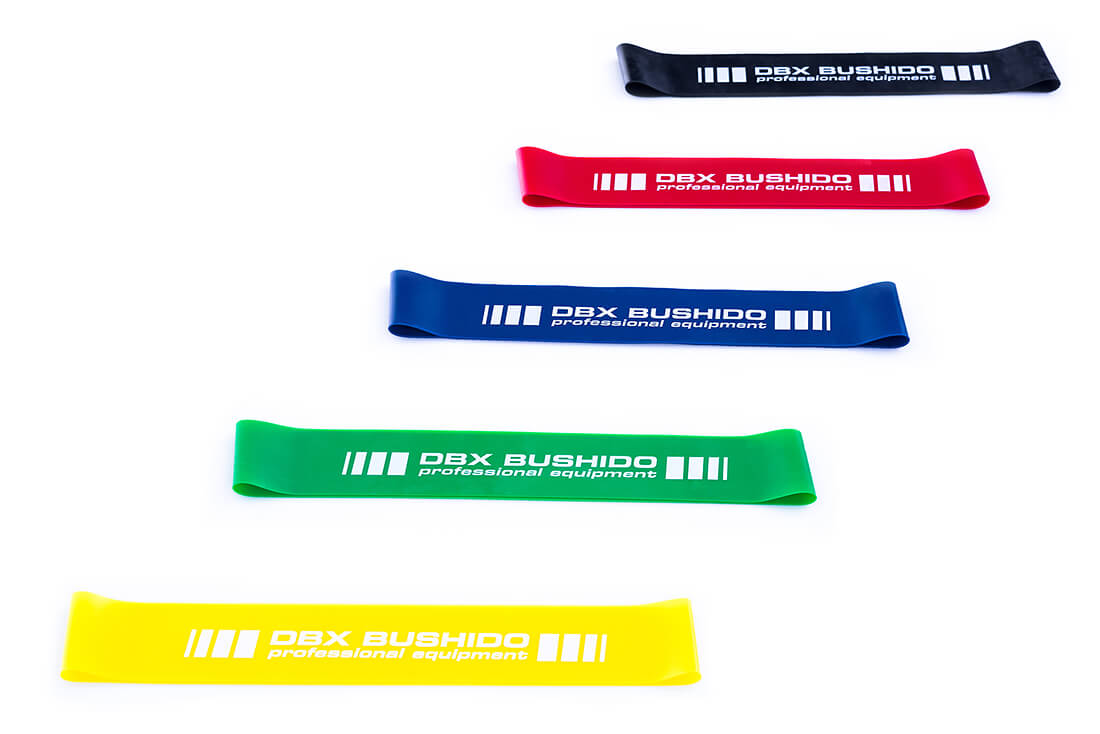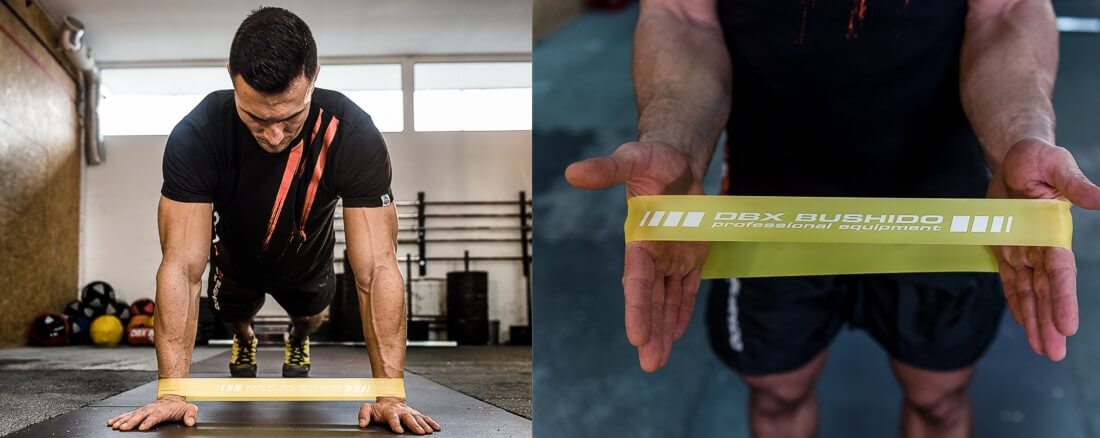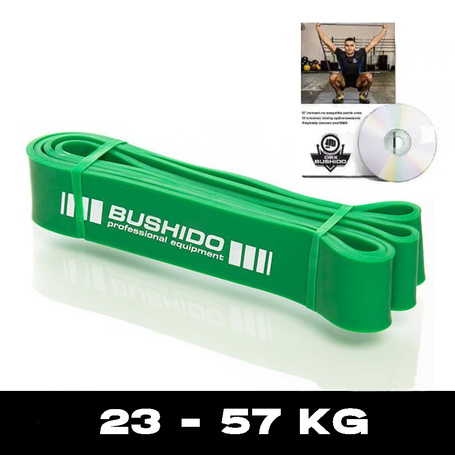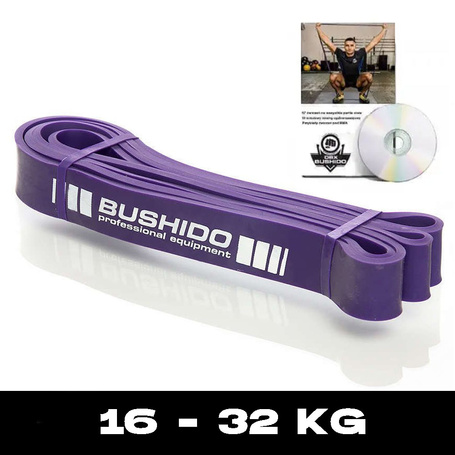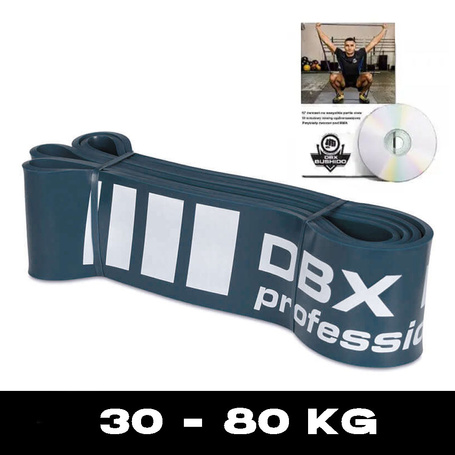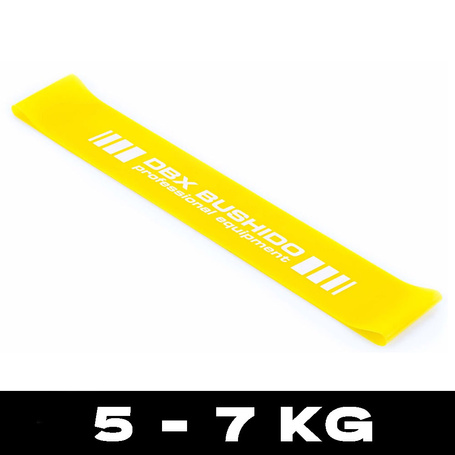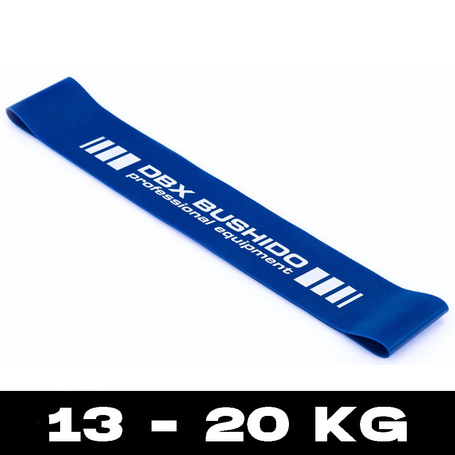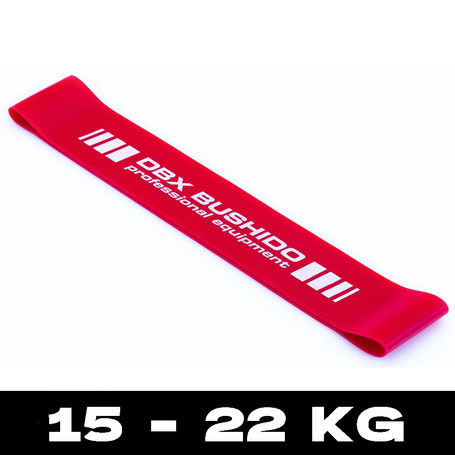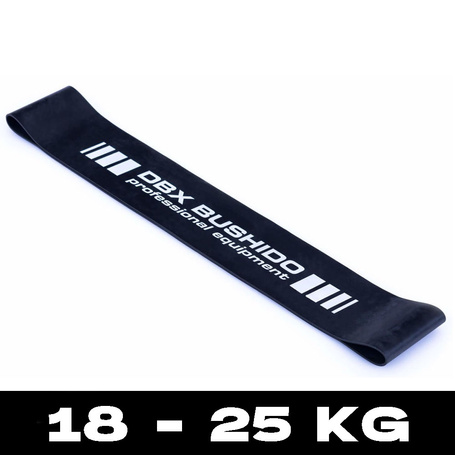How to use resistance bands effectively and in fitness training - a practical guide to resistance band exercises at the gym and at home
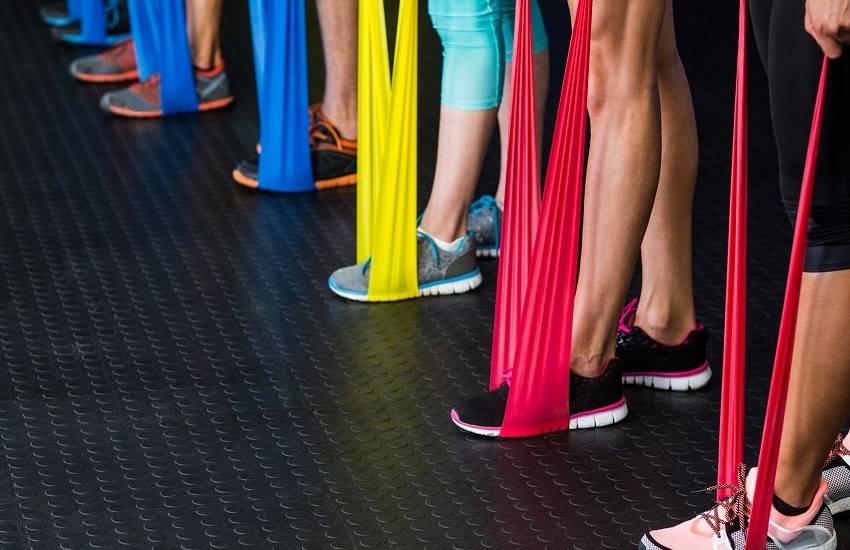
Exercises involving resistance bands and tape are a popular and effective element to use in fitness training.
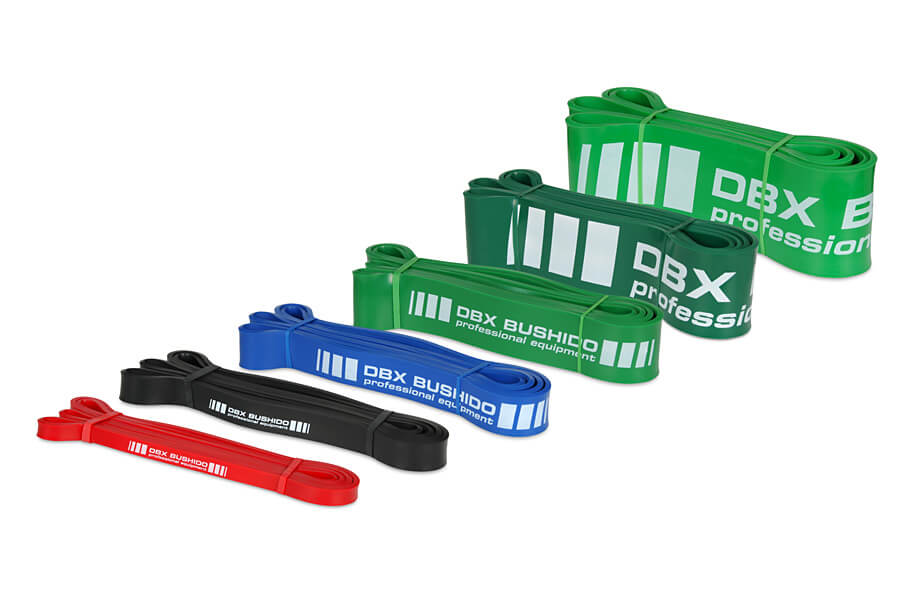
With them, you can perform many effective exercises, both at home and at the gym. Resistance rubbers are training equipment available in different types and colors that denote different degrees of resistance. This allows you to match the resistance to your level and type of exercise. The most popular exercises with resistance bands are m.in. stretching, full-body muscle exercises, including glutes, arms, shoulders, forearms, as well as strength training with dumbbells and barbells.
Effectiveness of training with resistance bands in the most popular exercises
Training with resistance bands is very effective and allows you to build muscle and increase the range of motion in a particular body part. With resistance rubber bands, you can also increase the resistance when performing exercises, resulting in more intense training. However, it is worth remembering the correct technique for performing the exercises to avoid injury.
Exercises with a resistance band or resistance rubber band allow you to diversify your training and engage new muscle groups. For strength training, resistance bands can replace weights and add more resistance when performing exercises. Resistance rubbers will work well for both strength training and stretching and stretching exercises.
When training with resistance bands, it is advisable to follow the principle of full range of motion to engage almost the entire body. This will help you build muscle and improve your overall physical condition. It is also worth paying attention to the proper placement of the rubber or tape when performing exercises to avoid injury.
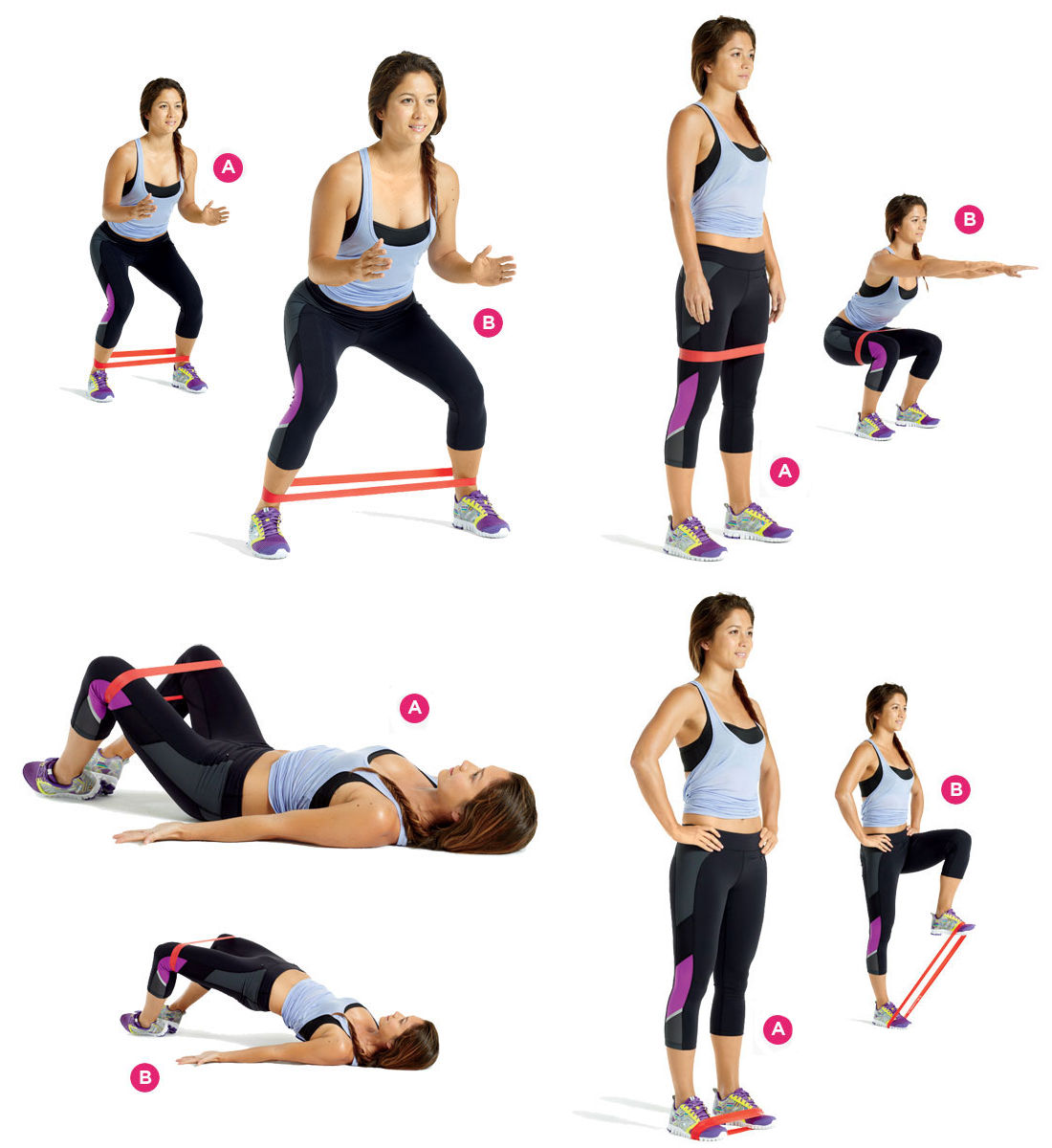
Resistance rubbers effective both in your own home and at the gym
Resistance rubbers allow you to perform exercises at home using your own body weight. They are also an ideal complement to training at the gym. With them, you can get more resistance when performing exercises, which translates into higher training intensity.
One of the most popular types of exercise rubber bands are resistance bands. They allow you to perform exercises with greater resistance, allowing for more effective muscle training. Resistance rubbers are very effective in training the whole body, especially the gluteal muscles. They also help to avoid injury, as they provide controlled resistance while performing exercises.
Popular exercises using resistance bands during which you can use resistance bands in your training
The most popular exercises with resistance bands are m.in. barbell squat, bar pull-ups, push-ups, stretching and more. All of these exercises can be performed with the use of resistance rubber bands to increase the resistance and effectiveness of training.
It is also worth remembering that resistance bands allow you to train at home using your own body weight, without the need for weights or training equipment. Thus, you can perform exercises with resistance bands at any place and time.
Another type of exercise rubber bands are resistance bands called Power Band.
They are particularly effective in training the muscles of the arms, shoulders and forearms. With resistance bands, you can perform a wide variety of exercises to engage almost the entire body. Exercise resistance bands allow you to increase your range of motion and train your own body and will help you avoid injury when using rubber band exercises and resistance band exercises
Also worth mentioning are expanders, which are another type of exercise rubber bands. Expanders allow you to advance your strength training because they allow you to perform exercises with more resistance. They are particularly effective in training muscular parts of the body, such as the buttocks and pelvis.
Resistance rubber bands are very effective equipment for full body training, both fitness training and professional strength training
In conclusion, resistance bands, resistance bands and expanders are training equipment that are worth using in your training. They allow you to increase the resistance and effectiveness of your training, avoid injury and engage most muscle groups. It is worth remembering the correct technique of performing exercises and diversifying training with different types of rubber bands.
Quick training guide using resistance bands - use in training, without injury
Preparation: choose the appropriate type of tape or rubber, depending on the level of resistance and the type of exercise you want to perform. Make sure the tape or rubber is in good condition and there is no damage. You can also choose a strap with a handle or a band to keep it in place more easily during exercise.
Warm-up: Before starting exercises with exercise bands or exercise elastics, do a few minutes of warm-up to prepare your muscles for the effort. You can start with simple exercises such as marching in place, jumping jacks, bends or squats without weight.
Exercises for the whole body: exercise bands and exercise elastics can be used to exercise the whole body. Here are some sample exercises:
Band/rubber squat: Place the tape/rubber under your feet, then grab the handles or hold it by your buttocks. Perform a squat, tightening the tape/rubber and paying attention to the technique of the exercise.
Pull-ups with tape/rubber: Hang the tape/rubber on a door or railing and catch it with a handle or band. Perform a pull-up, the tension of the tape/rubber is to help you overcome the resistance.
- Rowing with a band/rubber band: Place the tape/rubber around your feet, then lean forward and grab the tape/rubber with a handle or band. Perform the rowing, pulling the band/rubber to your chest and paying attention to the technique of the exercise.
A few exercises to use with exercise bands and training elastics for specific body parts and specific muscles
Leg muscles: Place a tape or rubber band under your feet and hold the ends in your hands. Raise your legs to a standing position, then return to the starting position. Repeat 10-15 times.
Arm muscles: Stand in the middle of the tape or rubber band and grab the ends in both hands. Raise your arms to the sides, then join them above your head. Repeat 10-15 times.
Back muscles: Stand in the middle of the tape or rubber band and grab the ends in both hands. Stretch your arms out in front of you, then draw them towards you while straightening your back. Repeat 10-15 times.
Abdominal muscles: Lie on your back with a band or rubber band under your feet. Hold, place one end of the tape or rubber band in your hands and raise your upper body while lifting your legs to an upright position. Repeat 10-15 times.
Gluteal muscles: Stand on a tape or rubber band, hook, holding the ends in your hands. Lift one leg back along with your knees, then return to the starting position. Repeat 10-15 times for each leg depending on the resistance of the tape.
It is worth noting that most of the exercises with dumbbells can be confidently substituted to some extent during your training with the above form of resistance band training, or perform body weight training, shoulders and arms and use the tape. The given resistance equipment provides the opportunity to engage the whole body in a comfortable workout wherever you are. This is a very compact utensil, their features allow you to literally throw them in your pocket and train wherever you feel like it.

